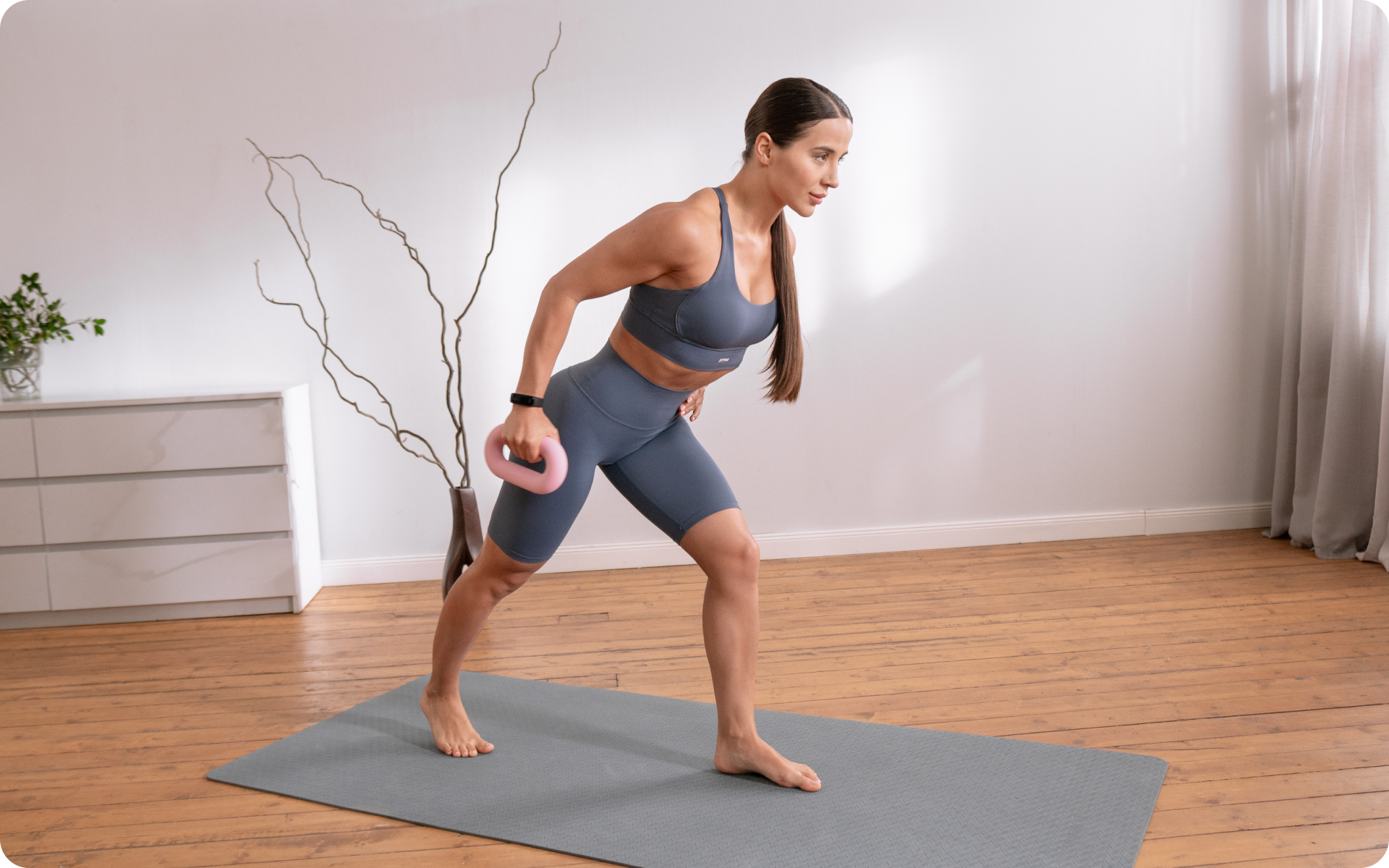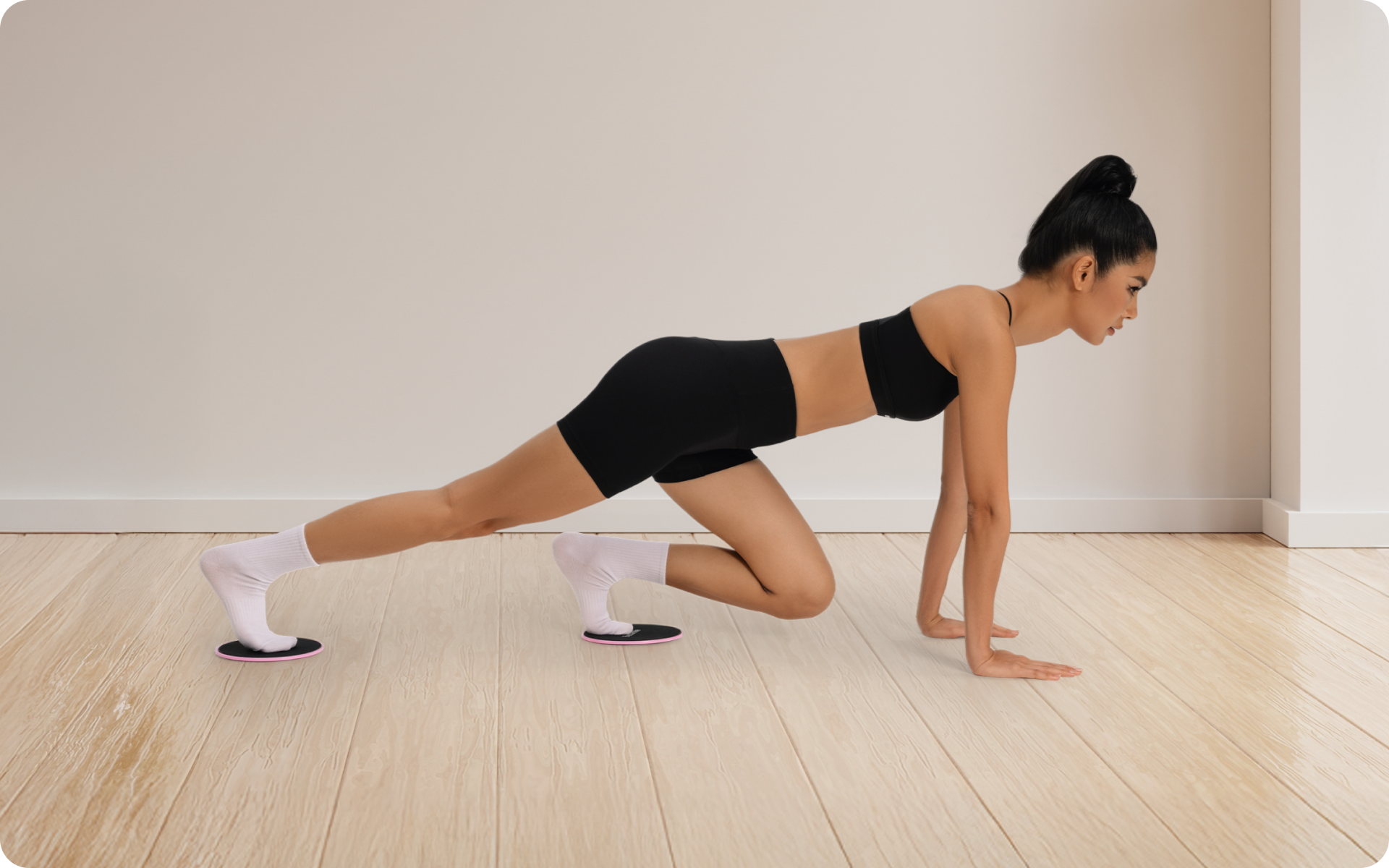Body sculpting workouts help to improve the appearance of your physique by working on a specific muscle group that you would like to change. These workouts can be tailored to your individual goals, and they can be done in a gym or at home with minimal equipment.
Get your personalized
meal plan!
Body sculpting workouts usually involve some type of weightlifting or resistance training, but they can also include cardio exercises, stretching, and other activities. The goal of these workouts is to tone and sculpt your body, not to build large amounts of muscle (1).
As a rule, body sculpting workouts target a specific problem area of the body such as the arms, legs, or stomach. For example:
- An arm sculpting workout might include exercises such as bicep curls, triceps extensions, and shoulder presses. These exercises target the biceps, triceps, and shoulders, respectively.
- A chest sculpting workout might include such popular exercises as push-ups, dumbbell flyes, and chest presses. These exercises target the pectorals (chest), deltoids (shoulders), and triceps.
- A leg sculpting workout might include squats, lunges, calf raises and a number of other popular exercises. They target the quadriceps, hamstrings, and calf muscles.
A total body sculpting workout is a special set of exercises that targets all of the major muscle groups of your body. As a rule, this full body workout requires a circuit format. Simply put, you either have only short pauses between the exercises or work out nonstop.
A cardio sculpt workout is slightly different from a traditional body sculpting workout, as it includes a mix of both cardio and strength training exercises.
The goal of cardio sculpt workout is to burn calories and fat, while also toning the muscles. These workouts usually include a HIIT circuit (high-intensity interval training) with exercises such as sprints, jump squats, and push-ups.
Read More: Travel Workout 101: How To Stay In Shape While On The Road
How To Create A Tone And Sculpt Workout Plan
If you’re looking to tone and sculpt your body, there are a few things you need to do in order to create an effective workout plan.
First, your task is to set clear and realistic goals:
- What areas of your body would you like to focus on?
- Do you want to tone your arms, legs, or stomach?
- Do you want to sculpt your whole body?
Once you’ve determined your goals, you can create a workout plan that will help you to make them become a reality.
If you wish to free yourself from all the extra pounds that have been weighting you down for way too long, start using the BetterMe app and overhaul your entire life!
Next, you need to choose the right exercises:
As mentioned above, body sculpting workouts usually involve some type of weightlifting or resistance training (2). However, the fitness world offers a great variety of exercises you can do to sculpt your body and reach the goals you’ve set. Choose exercises that target the muscle groups you want to focus on, and that you feel comfortable doing.
A body sculpting workout female might have the same exercises as sculpting workouts for men; what matters more than gender is your level of fitness.
Finally, a schedule is a must-have in the fitness world:
Body sculpting workouts should be done 3-4 times per week, with at least one day of rest in between. If you’re just starting out, you may want to start with 2-3 times per week, and then gradually increase as you get more comfortable.
Now, if you don’t have the time or skill to create your own plan, there’s no need to worry. This easy tight sculpt workout from BetterMe is a great place to start. It will help you tone and sculpt your body at home, with no equipment needed.
The 7 minute routine includes a warm-up and cool-down, and can be done 3-4 times per week. All you need is a mat and some space to move around.
Give it a try, and start your journey to a sculpted body today!
DISCLAIMER:
This article is intended for general informational purposes only and does not serve to address individual circumstances. It is not a substitute for professional advice or help and should not be relied on for making any kind of decision-making. Any action taken as a direct or indirect result of the information in this article is entirely at your own risk and is your sole responsibility.
BetterMe, its content staff, and its medical advisors accept no responsibility for inaccuracies, errors, misstatements, inconsistencies, or omissions and specifically disclaim any liability, loss or risk, personal, professional or otherwise, which may be incurred as a consequence, directly or indirectly, of the use and/or application of any content.
You should always seek the advice of your physician or other qualified health provider with any questions you may have regarding a medical condition or your specific situation. Never disregard professional medical advice or delay seeking it because of BetterMe content. If you suspect or think you may have a medical emergency, call your doctor.
SOURCES:
- Does Fat Freezing and Non-Surgical Body Sculpting Work? (2020, clevelandlandclinic.org)
- Resistance training – health benefits (2018, betterhealth.vic.gov.au)









